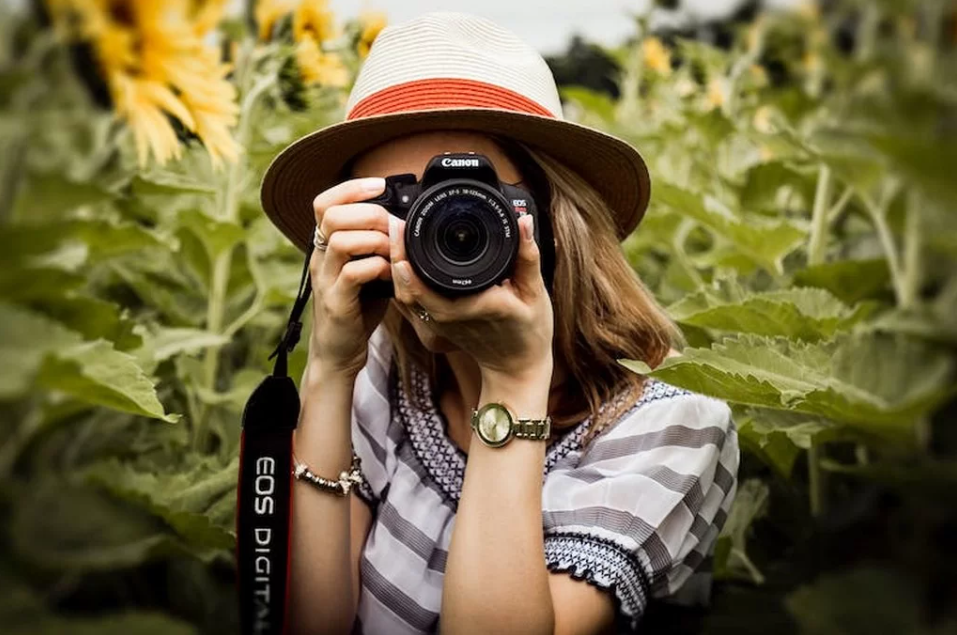JuJu News Hub
Your go-to source for the latest trends and insightful articles.
Click, Capture, Create: Photography Secrets You Wish You Knew
Unlock hidden photography secrets to elevate your skills! Click to capture stunning shots and create unforgettable memories today!
Mastering Composition: How to Frame the Perfect Shot
Mastering composition is essential for every photographer seeking to frame the perfect shot. The rule of thirds serves as a foundational guideline, dividing your image into a 3x3 grid. By positioning your subject along these lines or at their intersections, you create a more balanced and engaging photograph. Alongside this, consider employing leading lines to draw the viewer's eye towards the focal point, enhancing the visual narrative and depth of field within your images.
Another key aspect of achieving impeccable composition is understanding framing. Natural frames, such as trees or doorways, can help focus attention on the subject while adding layers to the overall image. Additionally, experimenting with various angles and perspectives allows for creativity in capturing the scene. Remember, the perfect shot often requires patience and a keen eye for detail, so take the time to observe your surroundings and make adjustments to achieve that desired impact.

The Magic of Lighting: Secrets to Stunning Photography
When it comes to stunning photography, lighting plays a pivotal role in shaping the mood and quality of your images. Understanding how natural and artificial light interact can completely transform your photographs. For instance, the golden hour—the time just after sunrise and before sunset—provides a warm, soft glow that adds depth and vibrancy. To take advantage of this magical time, plan your shoots around these hours and pay attention to how shadows and highlights can create dynamic compositions. The key is to experiment with different angles and positions to find the perfect balance of light for your subject.
In addition to the golden hour, mastering artificial lighting, such as flashes or studio lights, can elevate your photography to new heights. Here are a few tips to consider:
- Diffuse your light: Use softboxes or umbrellas to soften harsh shadows.
- Adjust the color temperature: Balance your lights to avoid unnatural color casts, especially in portraits.
- Experiment with backlighting: This technique can create striking silhouettes and add a dramatic flair to your images.
By incorporating these strategies, you'll uncover the real magic of lighting and take your photography to the next level.
What Camera Settings Should Every Photographer Know?
Understanding your camera settings is essential for every photographer, regardless of their experience level. The exposure triangle is the foundation of photography and consists of three key settings: aperture, shutter speed, and ISO. Mastering this triangle allows you to control how much light enters the camera and how it affects the final image. For instance, a wider aperture (lower f-number) creates a shallow depth of field, ideal for portraits, while a smaller aperture (higher f-number) captures more detail in landscapes. Additionally, adjusting the shutter speed controls motion blur; a fast shutter speed freezes action, whereas a slow shutter speed creates a sense of motion.
Another critical setting to familiarize yourself with is white balance. Each lighting condition affects color temperature, causing images to appear too warm or too cool. By adjusting the white balance, you can ensure your photos have accurate colors. It's also important to know how to use your camera's focus modes. Autofocus can be incredibly useful for beginners, but understanding manual focus gives you greater control over your composition. Lastly, don't overlook the importance of composition rules such as the rule of thirds and leading lines, which can elevate your images significantly.